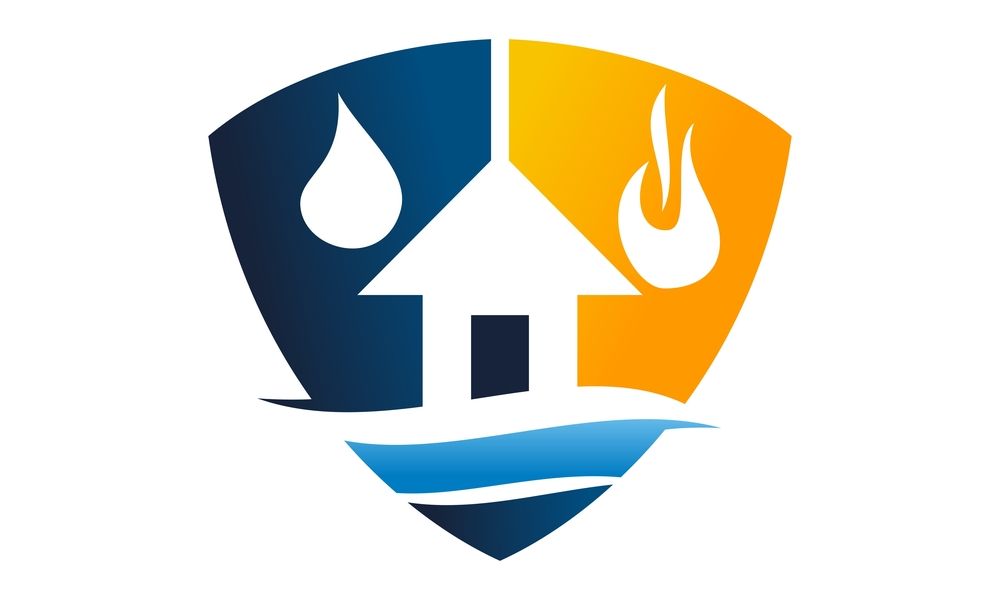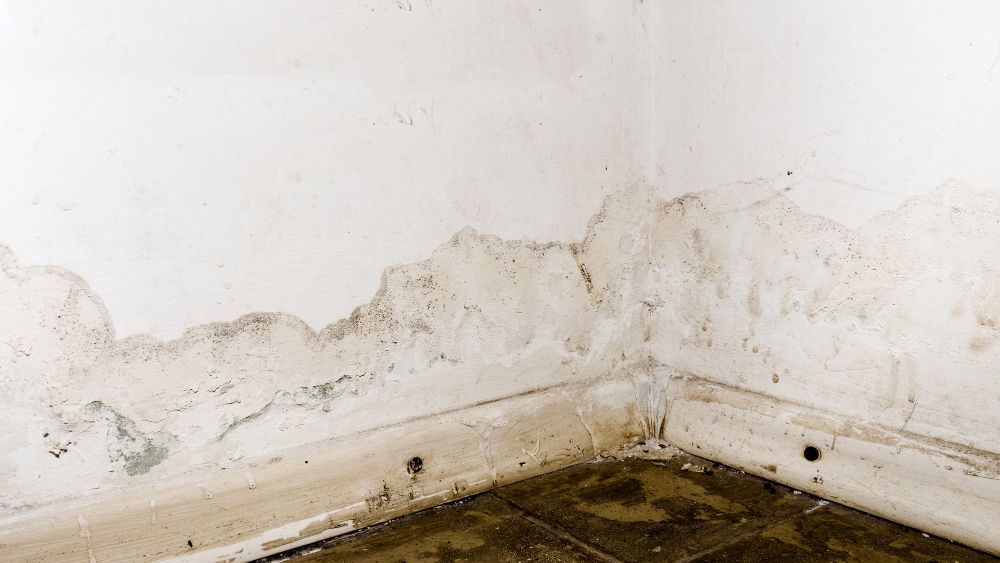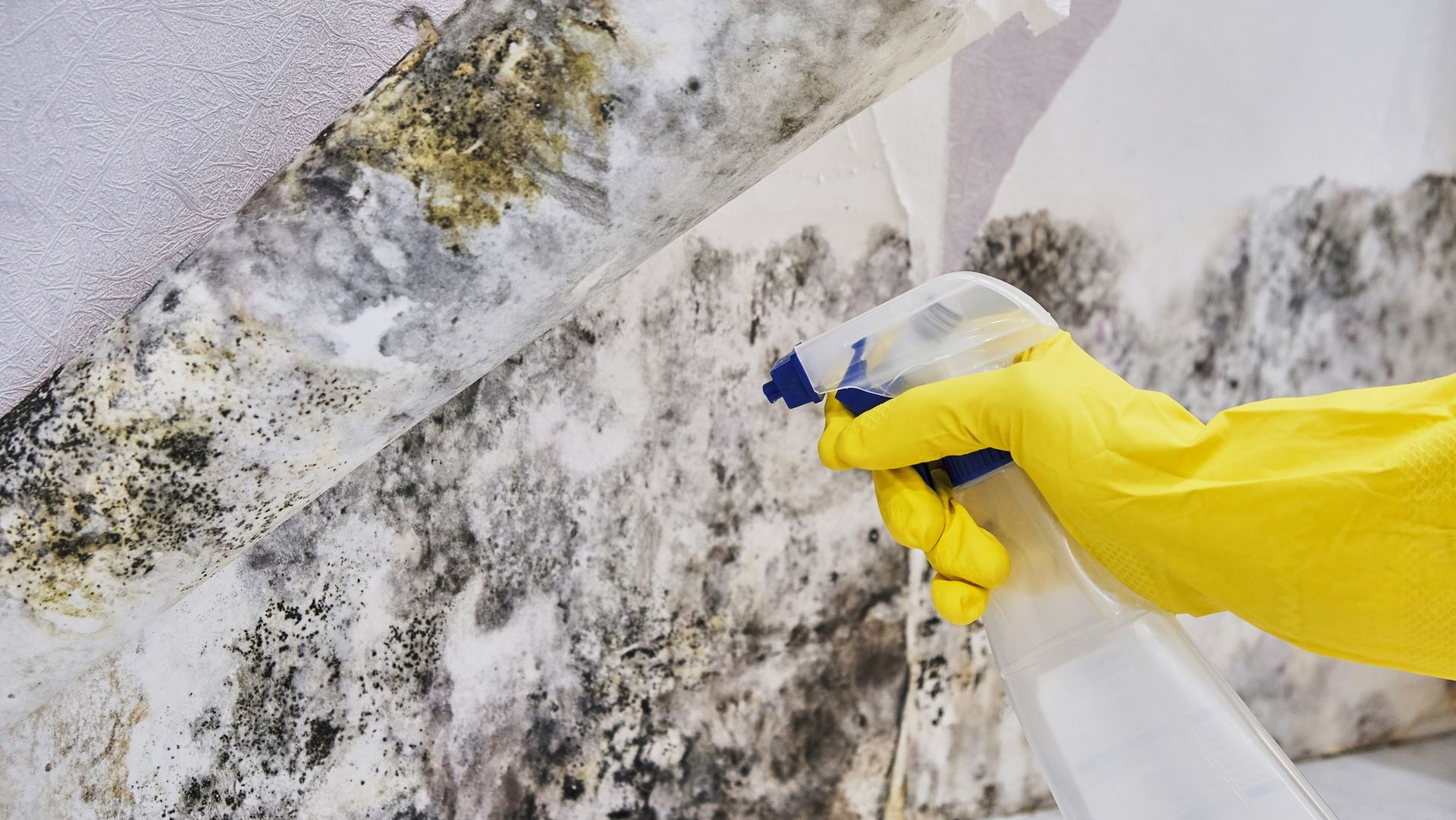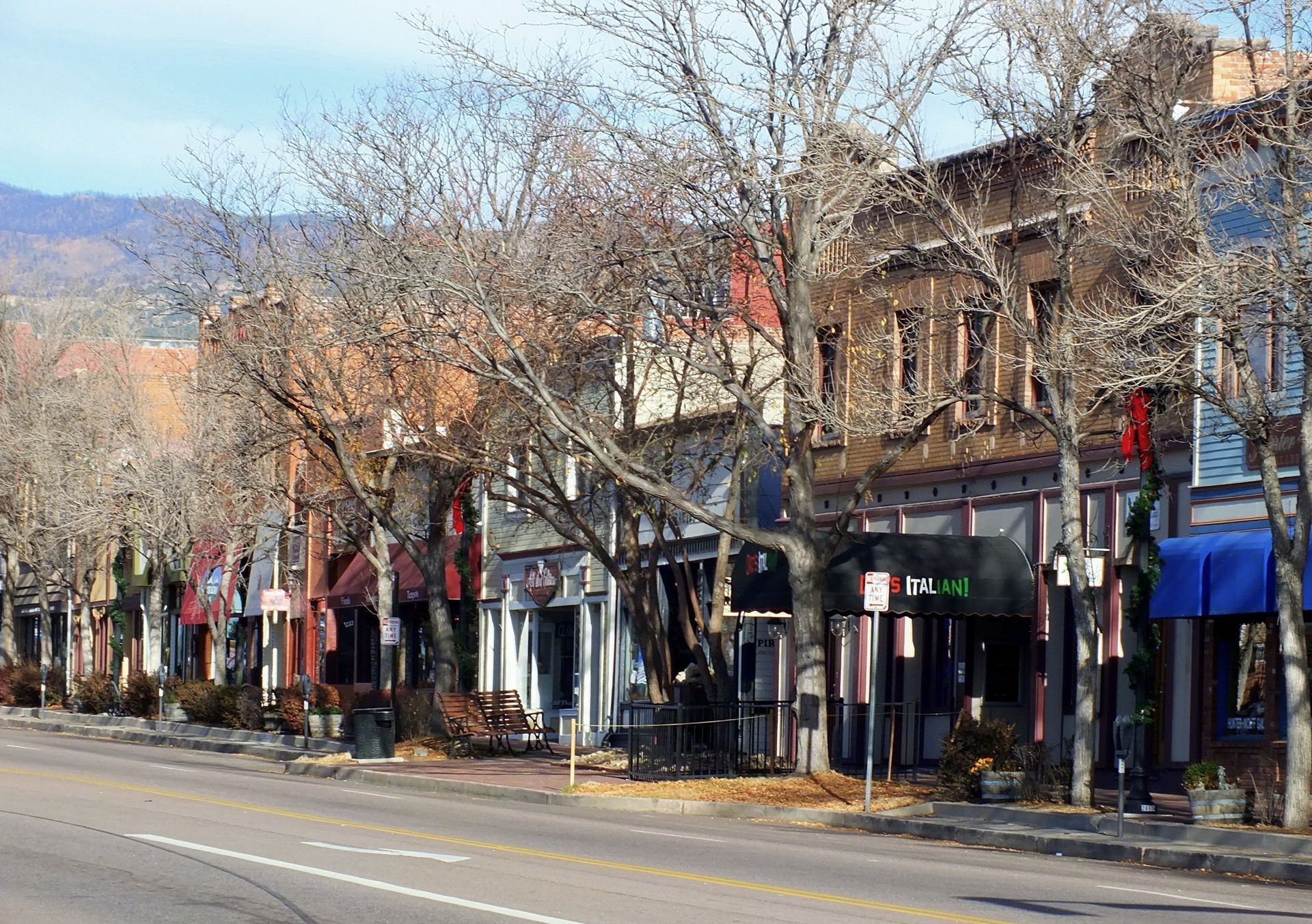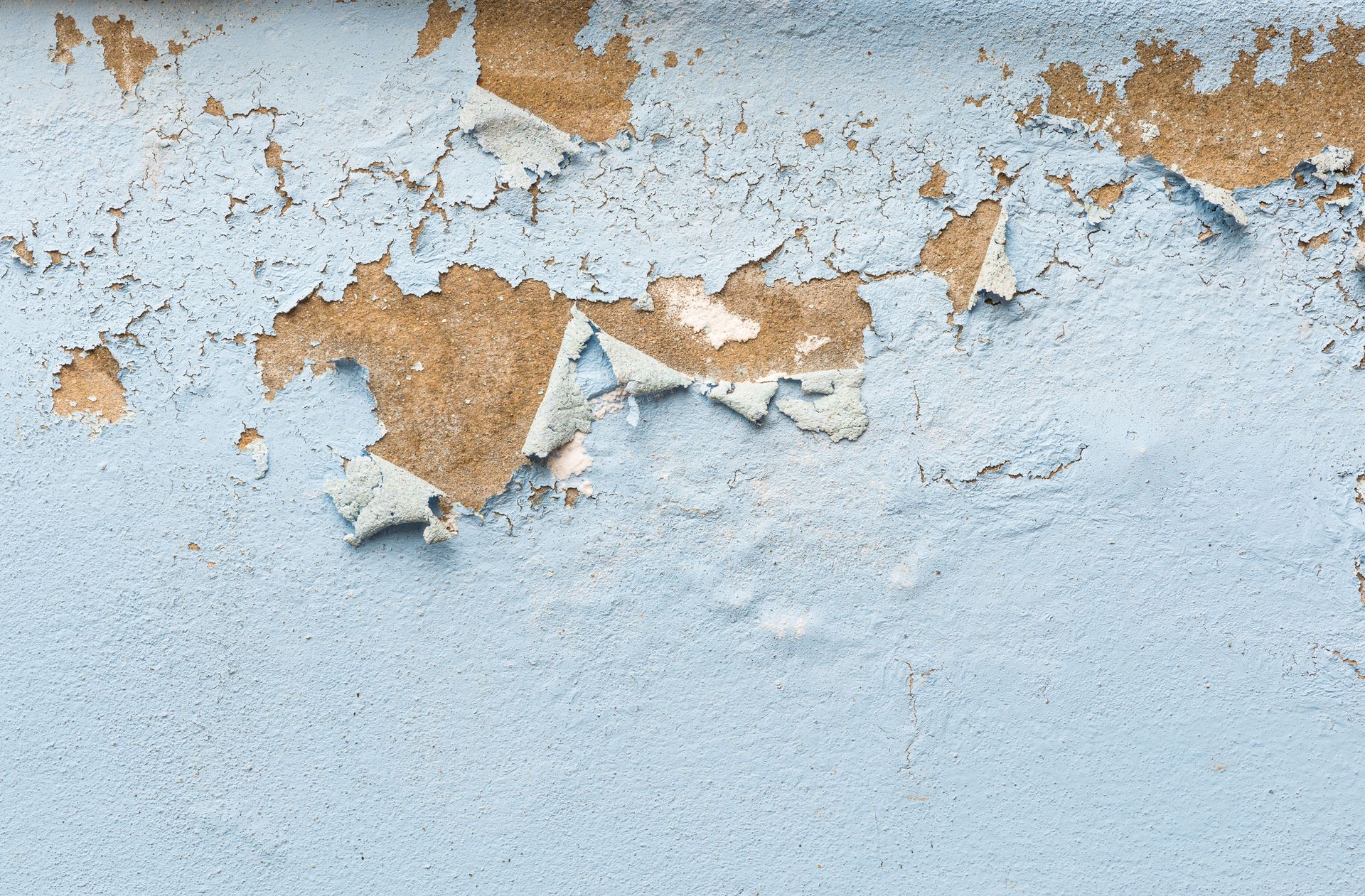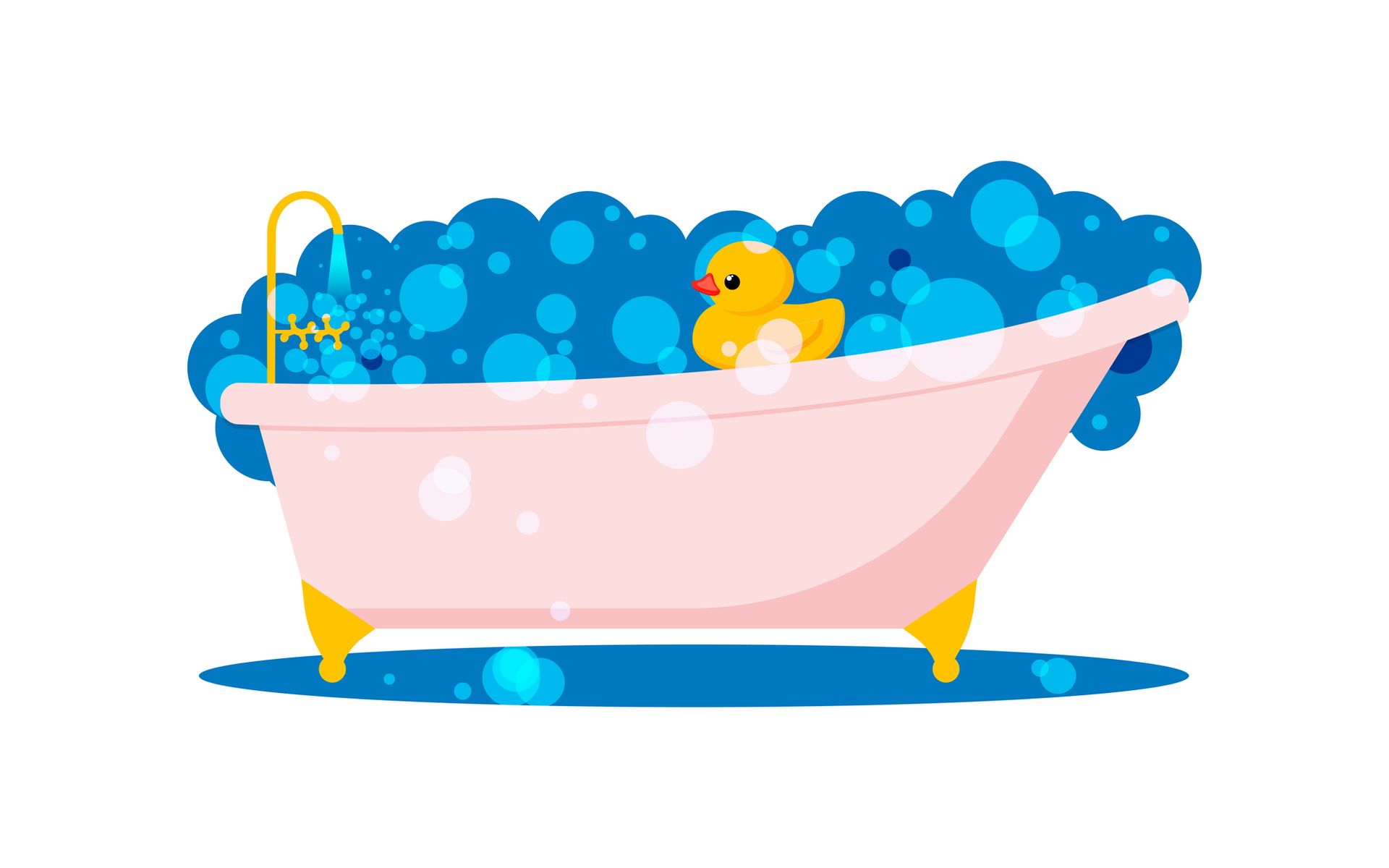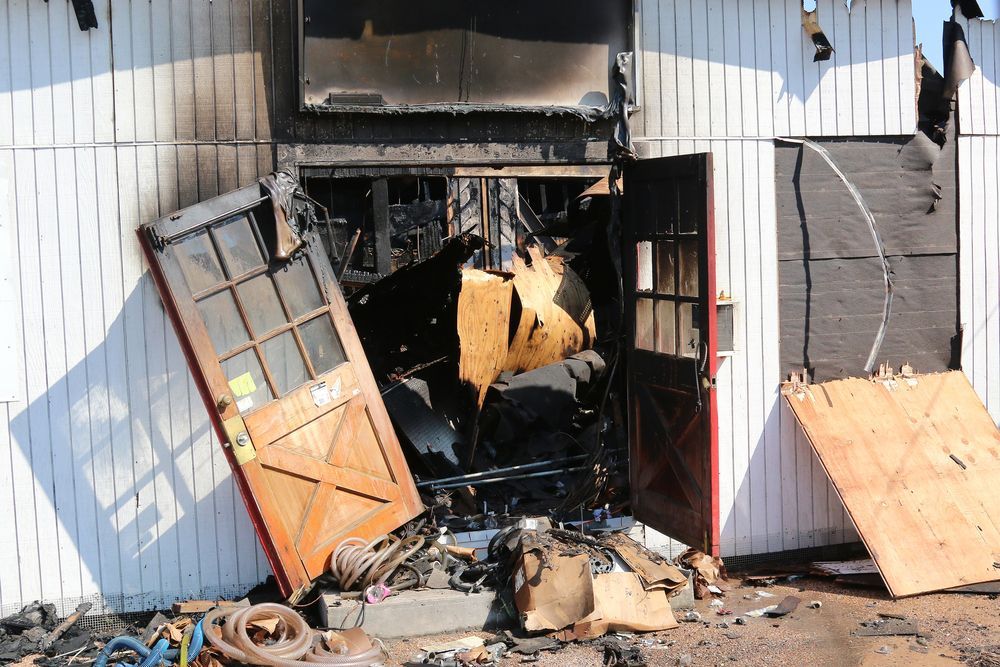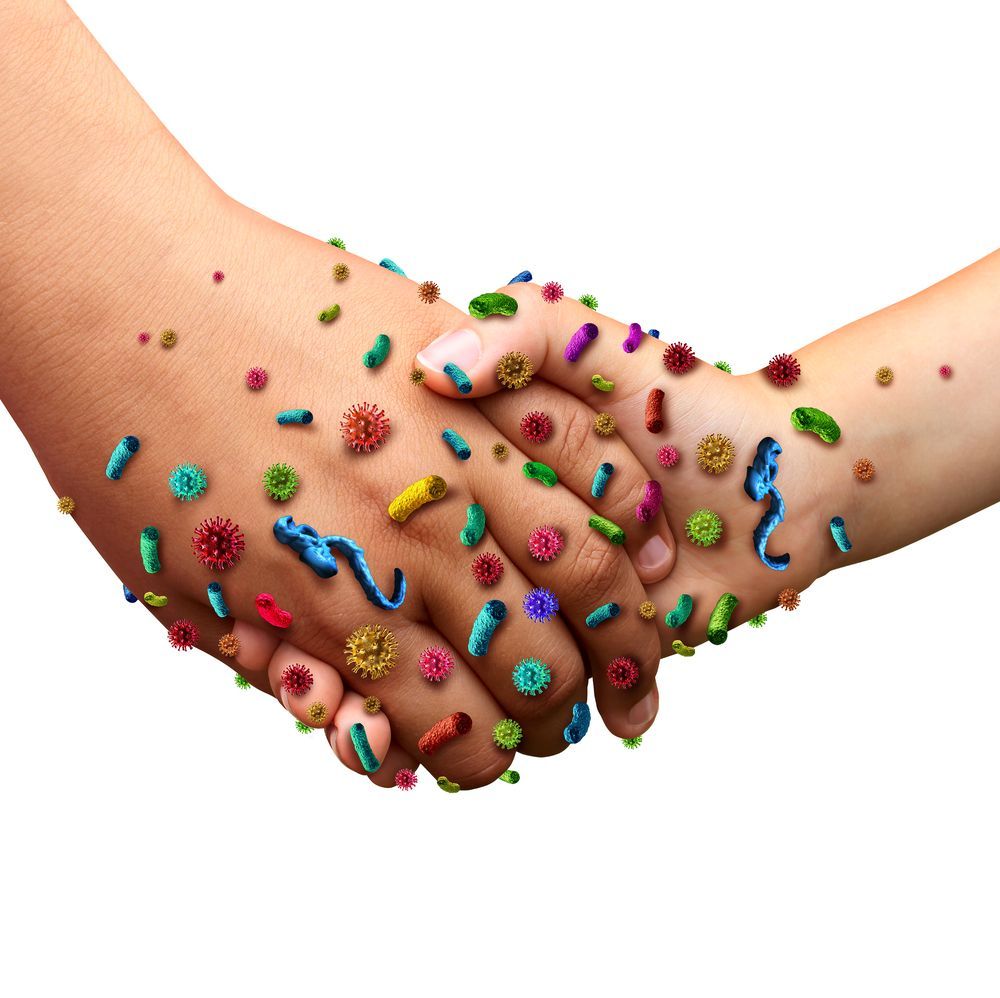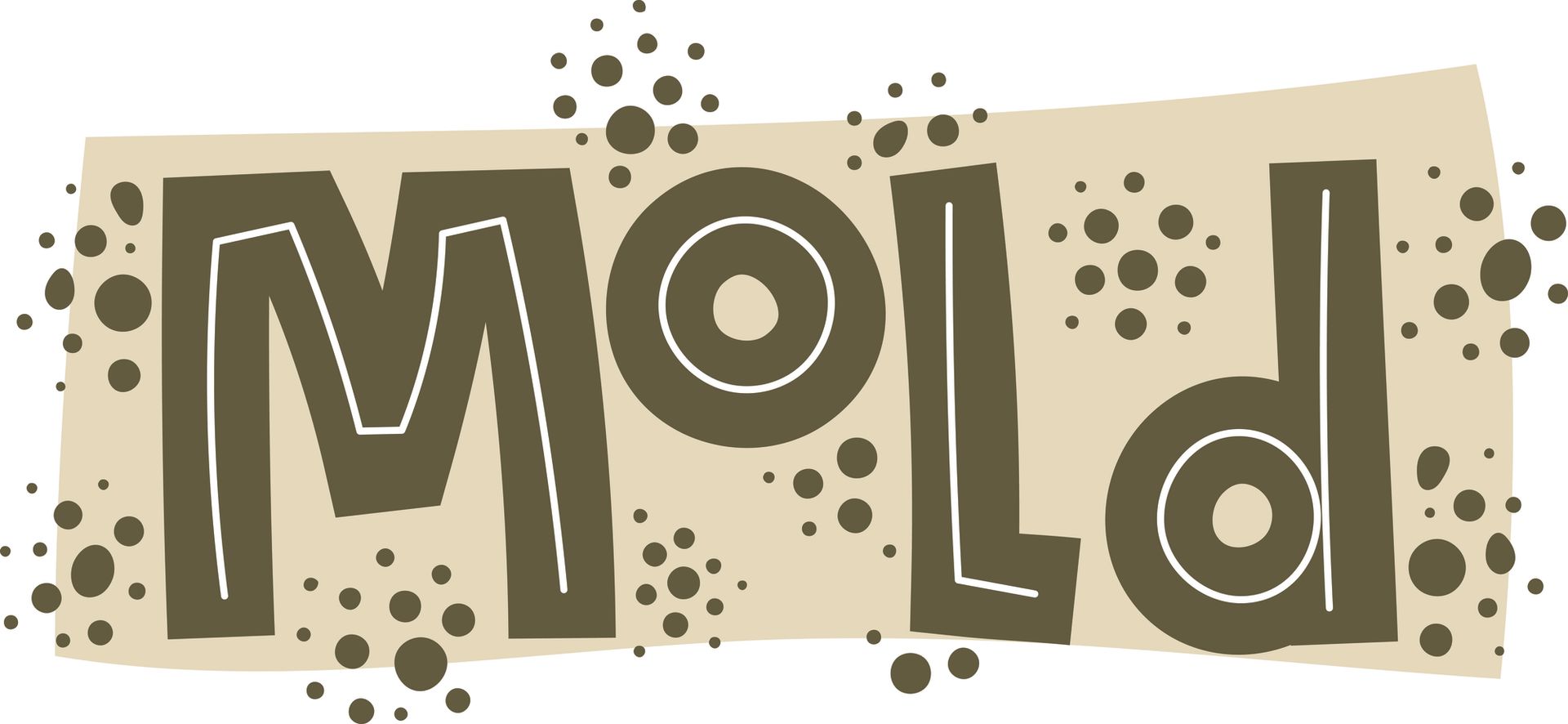Fire Damage, the toxic trio!
The toxic trio in smoke damage, after the Fire in Lehigh Valley
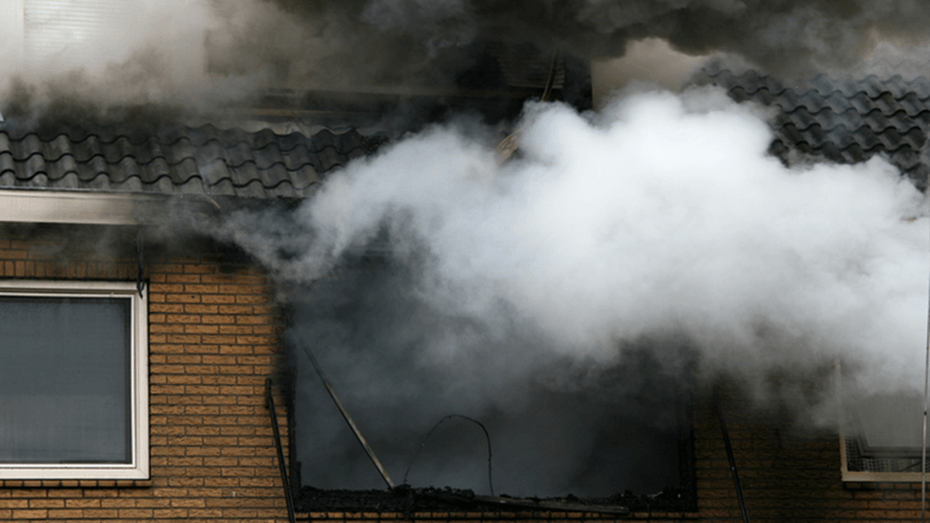
A deadly enemy to all those who are exposed to it, fire smoke is a toxic soup of dangerous gases to families as well as firefighters. There are other fire-related dangers well after flames are extinguished that go well beyond smoke inhalation and many people expose themselves to it without even knowing it. Don’t put yourself or your family at risk if your home has recently been affected by a fire. In Lehigh Valley, it’s important to know and understand health risks from fires and fire damage.
Smoke
Smoke is a result of the incomplete combustion of materials, in any type of fire. Smoke contains a group of toxins. HCN, or Carbon monoxide and hydrogen cyanide are considered the “deadly duo”. While carbon dioxide can decrease the body’s oxygen supply that results in headaches, nausea, drowsiness, and with a longer exposure, death, the dangers of hydrogen cyanide exposure as a result of smoke inhalation are largely unknown. Hydrogen cyanide can be 35 times more toxic than Carbon Monoxide, causing severe injury or death within just minutes. When combined, the two create a deadly chemical asphyxiant, and according to research is a significant contributor to fire-related deaths annually
Chemical Cocktails
Wood smoke contains more than 100 chemicals in common with cigarette smoke. The other materials in your home such as (rugs, plastic, compressed wood products, etc.) release even more chemicals in the smoke. Some of these chemicals include:
Hydrogens (hydrogen sulfide/hydrogen chloride/hydrogen cyanide)
Alcohols
Phenols
Cresols
Carboxylic acids
Ketones
Ammonia
Nitrogen oxide
Aldehydes
Acid gases
Sulfur dioxide
Bromomethane
Halocarbons
Polycyclic aromatic hydrocarbons (PAHs)
Benzene
Toluene
Styrene
Thiols
Tar
Metal
Dioxins.
None of these chemicals should ever be breathed in, fire or not!
Soot
Soot, which can deposit itself in every room of your home, including the HVAC system and venting, and are considered some of the hidden dangers of fires. The negative aspects of soot exposure and its link to cancer have been well documented and led to the Chimney Sweepers act in the British Parliament. Soot is deposited on surfaces in your home and like smoke, is a complex cocktail of dangerous substances. Soot can enter your bloodstream by ingestion, inhalation or absorption through your eyes and skin causing a wide arrangement of health problems including:
Respiratory issues (asthma, bronchitis, shortness of breath)
Stroke
Heart attack
Cancer
Premature death
In babies and small children, short-term exposure to soot can permanently alter respiratory system development, and leads to lifelong health problems.
Water borne biological contaminants
When a fire is extinguished with water, it’s a race against the clock to dry the wet areas before mild starts to grow, which can happen is as little as 24 – 48 hours an any source it comes into contact with that provides a food source. Your home or business contains all kind of food sources for mold and their food of choice is anything made from wood products, including drywall and even paper. Mold can make a water damage restoration job much more difficult and increasingly expensive. Disease causing bacteria likes to live in water as well and you can be exposed to that very easily as well.
If you experience the devastation of a fire and need fire, smoke and water damage cleanup, contact Restoration 1 of Lehigh Valley to help you recover.
